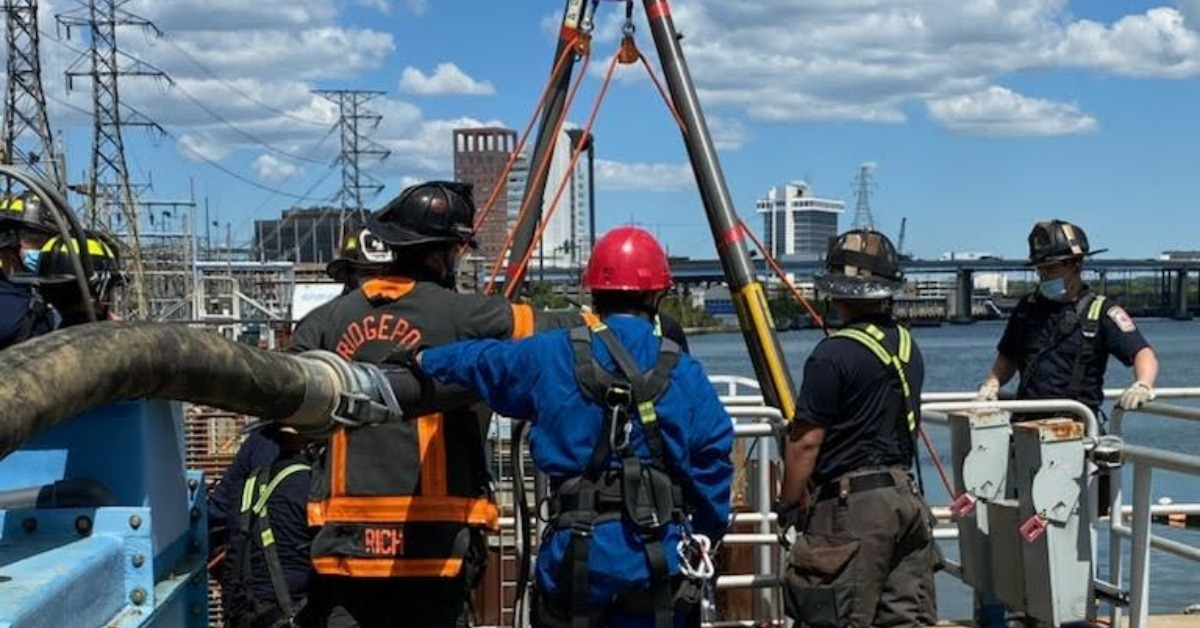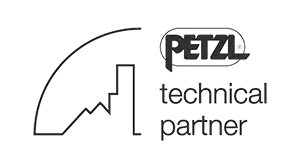Common Types of Confined Space Rescue Teams

When you hear "confined space," does it leave you with more questions than answers? First Choice Safety Solutions is here to clear up all of your questions, from "What is a Confined Space?" to "What are Common Types of Confined Space Teams?". In Part 3 of our three-part series of posts, we'll dive into the common types of confined space rescue teams that exist, and benefits of working with a 3rd party team for this purpose. If you missed the previous posts in this series, you can go back to Part 1 "Creating A Confined Space Rescue Plan" or back to Part 2 "What Is A Confined Rescue Team?".
Common Types of Confined Space Rescue Teams
A Fire Department
It's not as simple as calling 9-1-1 when something goes wrong. First, a fire department rescue team must be thoroughly evaluated: Are they close enough? Do they have the necessary equipment? Are they adequately trained for confined space rescue?
A municipal fire department should never be considered the "standby rescue team" for a facility unless they are specifically dedicated to this function and remain readily available onsite, effectively "out of service" from responding to other local emergencies. OSHA has repeatedly interpreted that workers in an IDLH space should be readily accessed within 4-6 minutes. This is almost always outside the response time for municipal rescue teams, which are not specifically onsite.
A municipal fire department should never be considered the "standby rescue team" for a facility unless they are specifically dedicated to this function and remain available onsite.
An Internal Team
Another option is to train your employees to form an internal rescue team. An internal rescue team consists of qualified and equipped employees whose employer is designated to perform rescues in confined spaces. This team often comprises workers familiar with their workplace's confined spaces and hazards. An internal team may be appropriate for organizations that frequently work in confined spaces or have many confined spaces to manage.
Being part of an internal confined space rescue team is a significant time commitment in addition to regular work assignments and is often voluntary. Employees must commit to at least 40 hours of training, though it's common for team members to have at least 100-plus hours of initial training.
Employee-led rescue teams (your staff) must be prepared to risk their lives and retrieve injured or deceased coworkers and contractors, something many are incapable of doing. Additionally, the employer must provide suitable equipment and ensure they are scheduled to work when any confined space entry occurs. This time commitment is often too much for internal teams to get off the ground, but with a dedicated and actively training group of employees, this may be a great option.
External Rescue Services or a Third-Party Service
Another option is to hire a turnkey contractor specializing in confined space rescue. A contractor will align with OSHA and NFPA standards, have documentation for training and equipment, and perform an onsite scenario at your facility. This option may be appropriate for organizations that do not have the resources to train and equip an internal team or have limited access to the necessary specialized equipment.
Why Hire External Rescue Services or a Third-Party Service?
Hiring a third-party rescue service can benefit an organization performing work in confined spaces in many ways. Here are a few examples:
Specialized Expertise
A professional third-party rescue service typically employs personnel with specialized training and expertise in confined space rescue operations. This means that they are likely to have more experience and knowledge than an organization's internal team, which can improve the safety and effectiveness of rescue operations and add a proactive safety approach to the job site.
Specialized Equipment
Confined space rescue requires specialized equipment, such as air monitoring devices, ventilation systems, and rescue gear. Third-party rescue services typically have access to the latest and most advanced equipment, which can improve the safety and efficiency of rescue operations.
Cost Savings
Establishing an internal rescue team can be expensive, requiring investment in equipment, training, and personnel. By hiring a third-party rescue service, an organization can avoid these upfront costs and instead pay for rescue services on an as-needed basis.
Flexibility
Hiring a third-party rescue service gives an organization greater flexibility in its rescue capabilities. The third-party service can be deployed quickly, is tailored to the organization's specific needs, and often provides greater flexibility and responsiveness than an internal team.
Reduced Liability
Confined space rescue operations can be dangerous and carry significant liability risk. Hiring a third-party rescue service can transfer some of this risk to the service provider, who is typically responsible for ensuring that all rescue operations comply with relevant safety regulations and standards.
Bring Your Program to the Next Level with an Experienced and Trusted Partner!
Are you looking for a reliable partner to bring your confined space rescue program to the next level? Look no further than First Choice Safety Solutions. No matter what stage of program compliance you are in, our team of experts can provide customized solutions to meet your specific needs.
Our highly trained and experienced team is equipped to handle all aspects of confined space rescue, from professional standby services to team training, evaluating, and gear outfitting. We understand that every project is unique, which is why we work closely with our clients to provide tailored solutions that are safe, efficient, and exceed industry standards.
Ready to learn more?
This post is Part 3 in a three-part series. Check out all three topics:
Part 1: "Creating A Confined Space Rescue Plan"
Part 2: "What Is A Confined Rescue Team?"
Part 3: "Common Types of Confined Space Rescue Teams"








